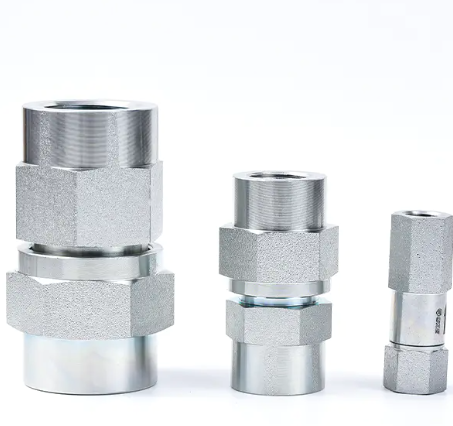Check valves RHV, RHZ, and RHD are types of valves that allow the flow of fluid in one direction while preventing the backflow of fluid in the opposite direction. These valves are commonly used in a wide range of industries, including oil and gas, water and wastewater treatment, and manufacturing.
RHV, RHZ, and RHD are all types of swing check valves, which work by using a hinged disc or flapper that swings open to allow fluid to flow in one direction and swings closed to prevent fluid from flowing back in the opposite direction. The main difference between these valves lies in their design and application.
RHV (Rubber Hinged Valve) is a check valve with a rubber hinge that allows the valve to swing open and closed. RHV valves are typically used in low-pressure applications, such as irrigation systems, where a tight seal is not required.
RHZ (Rubber Hinged Zone) is a type of check valve that features a larger disc and a larger hinge than RHV valves. This design allows the valve to be used in high-pressure applications, such as water treatment plants, where a tight seal is required.
RHD (Rubber Hinged Disc) is a type of check valve that uses a disc or flap made of rubber or other elastomeric material as the sealing element. RHD valves are often used in applications where the fluid contains suspended solids or debris, as the rubber disc can flex and move around obstacles without becoming damaged.
Overall, RHV, RHZ, and RHD valves are all effective at preventing backflow and ensuring the flow of fluid in one direction, making them essential components in many industrial processes. The choice of which valve to use depends on the specific application and the requirements of the system.



 EN
EN  中文简体
中文简体












